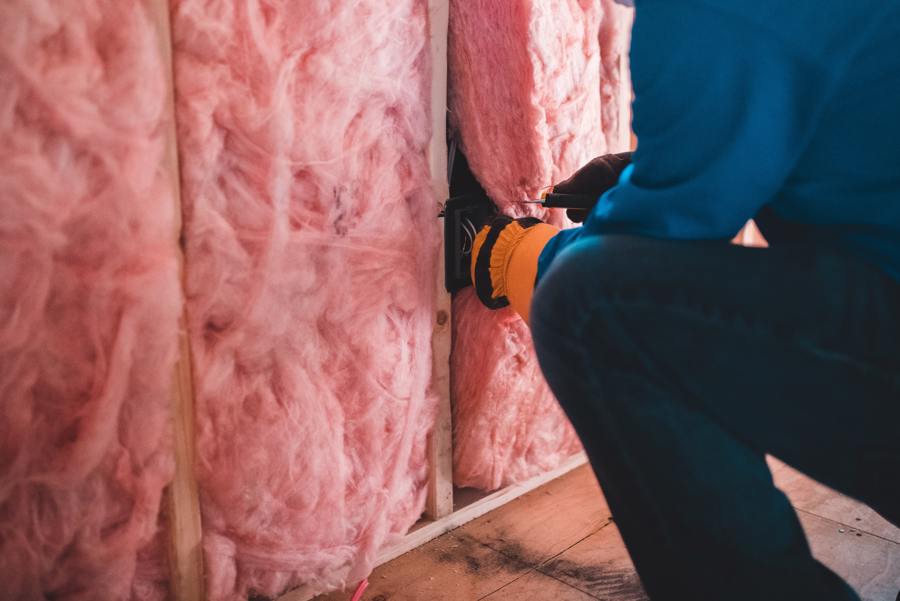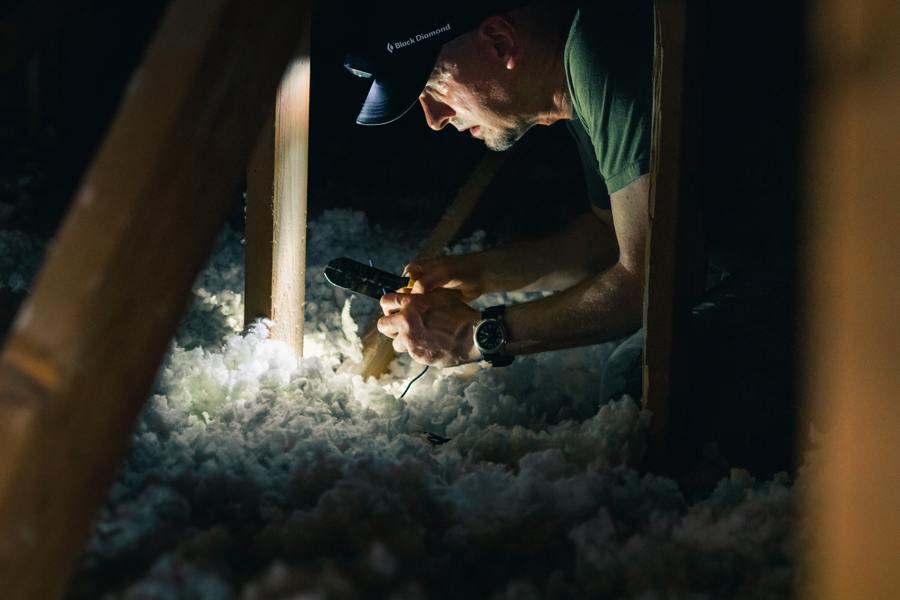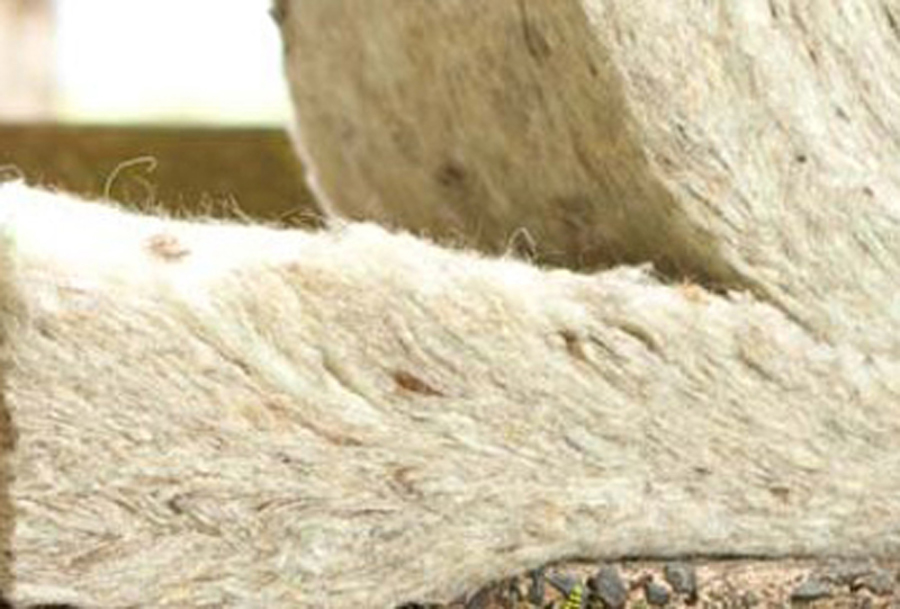
Insulation
What is Insulation?
Insulating materials in buildings are used for a variety of purposes. Mostly they are used to reduce the amount of heat loss from the building, but the term also applies to acoustic insulation, fire insulation, and impact insulation.
What are the benefits of insulation?

When thinking about being sustainable and environmentally friendly, the first and most effective strategy to apply should be to save energy rather than to generate new, green energy. Doing as much as possible to limit the loss or waste of energy to the environment is the most cost-effective thing to do and also the best for the environment. Good thermal insulation will ensure that you maximise the efficiency of all of your heating products and don’t waste energy.
Heat from your central heating system is lost through doors, windows, walls, floors, ceilings and roofs. Each of these components needs to be addressed to improve their performance. The difference between a modern ‘passive house’ that requires almost no additional heating and an old, unmodernised property is huge. The performance of even an old house can be transformed by a programme of upgrading the insulation and draught proofing The difference can be as much as a factor of two.
Types of insulation
The various insulation options include draught proofing, secondary, double or triple glazing, cavity wall insulation or wall heating, under-floor heating/insulation, and loft/roof insulation.
Draught Proofing and Glazing

Draught proofing is really important; drafts are one of the worst forms of heat loss, especially in older houses. However it can be relatively straightforward to deal with. Ideally all windows should, nowadays, be double-glazed or even triple-glazed and this is recommended. It is important that double glazing is done using good quality products by a competent contractor. Sometimes a badly installed window can still allow draughts to find a way into the property.
Where double-glazing is impractical, undesirable or impossible, secondary glazing can be undertaken by a competent carpenter or general builder. Alternatively there are many companies offering various types of secondary glazing, some of which can blend in surprisingly well with existing windows.
Good, old-fashioned, heavy curtains are one of the best draught proofing tools for doors and windows. Windows with wooden shutters were originally built for good reason. Wood is a good thermal insulator. If you have shutters it is advisable to use them. Additionally, simply lining your doors and windows with draught excluder will make an appreciable difference and, again, there are specialist companies who can do a remarkable job even in listed buildings.
Loft and Roof Insulation
Because hot-air rises, a large amount of heat is lost through your loft and roof in the winter, and in the summer the top floor becomes too hot because of the sunshine directly on the roof. It is, therefore, very important to ensure adequate insulation in this area. In fact it is probably the most important area of all and usually the easiest to address. It is likely that roof insulation may have been done in the past. If so it may be worth checking it and increasing the amount of insulation installed as standards have improved and it may be possible to insulate areas that were not covered in the past.
Under floor heating and Insulation
Good under floor insulation is important, with a stone floor 15% of ground floor heat loss can be attributed to the floor acting as a heat sink. Insulating the floor can, therefore, make significant savings and under floor heating is a very efficient way of distributing the heat into a house. Whilst with many older houses under floor heating is not practical, whenever you have the opportunity you should install under floor insulation and consider under floor heating, even if it is only feasible in some rooms.
Cavity wall insulation

Wall insulation is the process of filling gaps in a wall with insulating material. Typically this is achieved by drilling a series of holes in the outside wall of a building which reach any gaps or ‘cavities’ in the wall. Through these holes, hoses inject material into the wall, filling out any empty spaces and spreading throughout the building.
When done correctly, this prevents heat from escaping by wrapping your building with an additional layer of heat absorbing material. The materials can differ depending on the installer and the home, but typically foam, wool and beads are used.
Most houses can expect to see major savings quite rapidly from their heating/electricity bills. The payback periods can range depending on the size of the property and the material used, but it is certainly one of the most reliable ways of reducing one's emissions over time.
One potential drawback of cavity wall insulation is an increase of condensation and damp throughout the home. This can be avoided by using an installer who is experienced. We recommend doing research on your local providers, and not trying to save money by going with the cheapest alternative. Poorly installed cavity wall insulation can cause a lot of damage and incur large costs over time.
Before considering any new and expensive renewable energy solutions, good insulation should be considered.